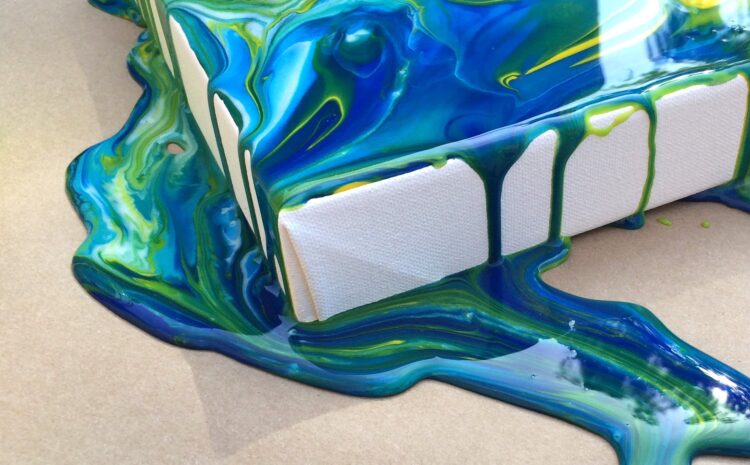In modern situations, a technique called “marbling” arrived to fashion in the West, consequently receding and into fashion periodically. Closer to the present-day, because the science of substance dynamics advanced, various research students discovered the sweetness of the science, which resulted in a few scientific-minded persons turning their primary passions towards the art of fluid dynamics. One such scientist-turned-artist, like, is Bob Parks, who formerly studied engineering at the Imperial College, London.
A lot of the world’s religions appear to possess always had a close connection to fluids that ran similar to artistic and scientific interests. The indisputable fact that life and truth arose from fluids, in reality, appears widespread in the world’s numerous beliefs, from Old Egyptian myths to modern Judeo-Christian experiences of creation. While pick musicians for the duration of history have discovered good enthusiasm in fluids, and while contemporary science has created extensive usage of fluid dynamical a few ideas, nearly all religions have recognized fluid whilst the origin and base of reality, as we realize it.
Contemporary astronauts have used fluid water in the weightlessness of outer space. Modern painters have used fluid offers in the minimal-gravity situations of parabolic aircraft flights. Don Petit is one particular astronaut, and Frank Pietronigro is one such painter. Equally metaphysics and physics now revere liquid in each field’s possess unique way. Consequently, a special word, “fluidism”, looks justified to help unify this widespread, human creative interest.
Rather, he was the expression itself–both the material and the activity of the expression, without the conventional objectives to be either. Pollock seen that spontaneous activities could bring about attractive patterns. His dried painted habits were freezing echoes of his after water actions. Pollock, therefore, was an expansion of the productive flow of his selected substrate (i.e., paint). He can enroll residual habits of his measures in the original paint moderate, because these patterns were secure while still wet. Pollock’s fluid patterns dry in very nearly exactly the same performances as their damp counterparts.
The advent and growth of images indicates clearly that some substance styles can’t dry inside their original substrates. These substance patterns both are also transient, or they’re damaged by drying. Quite simply, some successfully desirable moments of damp movement can not be preserved in the original substrates wherever they emerge. A bubble, like, pops. A splashing page of liquid easily actions from the air back to the mass that it splashed. A certain collision or striation of water layers dissipates, before the aspects of drying will even get hold to contain those patterns. Obviously, the thought of “painting” stretches beyond the substrate of the dried decorated artifact.
Images has shown that fluid painting is, or may be, a motion wherever specific styles can’t be captured, until an artist transcends the moderate by which those habits originate. A final artist, therefore, may record an impression of a bubble before the bubble pops. A final artist can virtually freeze a flying page of water ahead of the sheet accidents back into its mom pool. A final artist may immobilize an especially attractive shade collision or perhaps a particular striation of colored water rings, before they dissipate into homogeneous solution. Patterns after invisible due to the speed of particular actions today may be made visible by the stop-action capability of the photographic artist’s camera. Images makes possible a class of action paintings that defy the standard static explanation of the word, “painting “.
Fluidism, then, has evolved from numerous traditions that involve influencing damp drinks and allowing these liquids to dry. Fluidism has developed into the present day quest for photographing controlled drinks while they’re still wet. Typically, only dried remnants of secure damp designs were probable artifacts. Today virtual dried remnants (i.e., photographs) of ephemeral, impossible-to-dry patterns are possible. These are “transcendental action paintings”–profound extensions of the basic idea of “painting.”

